“At 12 years old I was digging the cactuses out of my dad’s garden and selling them to my mom’s book club friends.” – Andrew Hankey
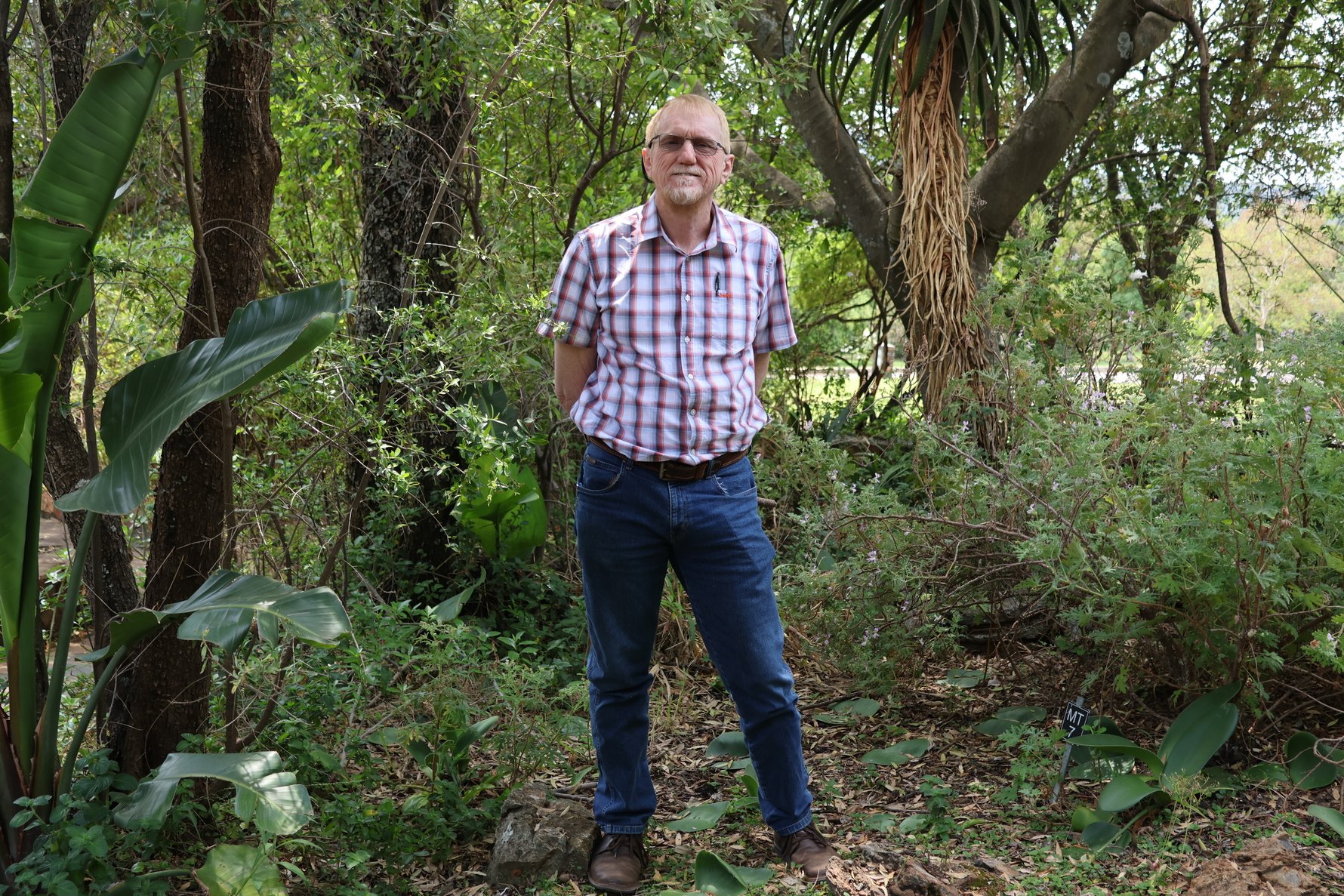
Alongside co-authors Elsa Pooley and Geoff Nichols, Hankey has spent the past decade compiling South African Indigenous Garden Plants – The Gardener's Guide (published March 2025). We got our hands on a copy, and it's been a joy to dive into. The authors are all leaders in their fields: Pooley has many books to her credit and an honorary doctorate in science from the University of KwaZulu-Natal for her contribution to botany, while Nichols is a legendary conservationist and plant expert.
This comprehensive handbook makes gardening accessible, sustainable, and ecologically rewarding. Charles Botha, past chair of the Flora & Fauna Publications Trust, wrote the foreword, describing South African Indigenous Garden Plants – the Gardener's Guide as "The apogee of indigenous gardening books." He says: "It should be used as a hands-on gardening manual, and one should not be averse to leaving some grubby fingerprints on its pages."
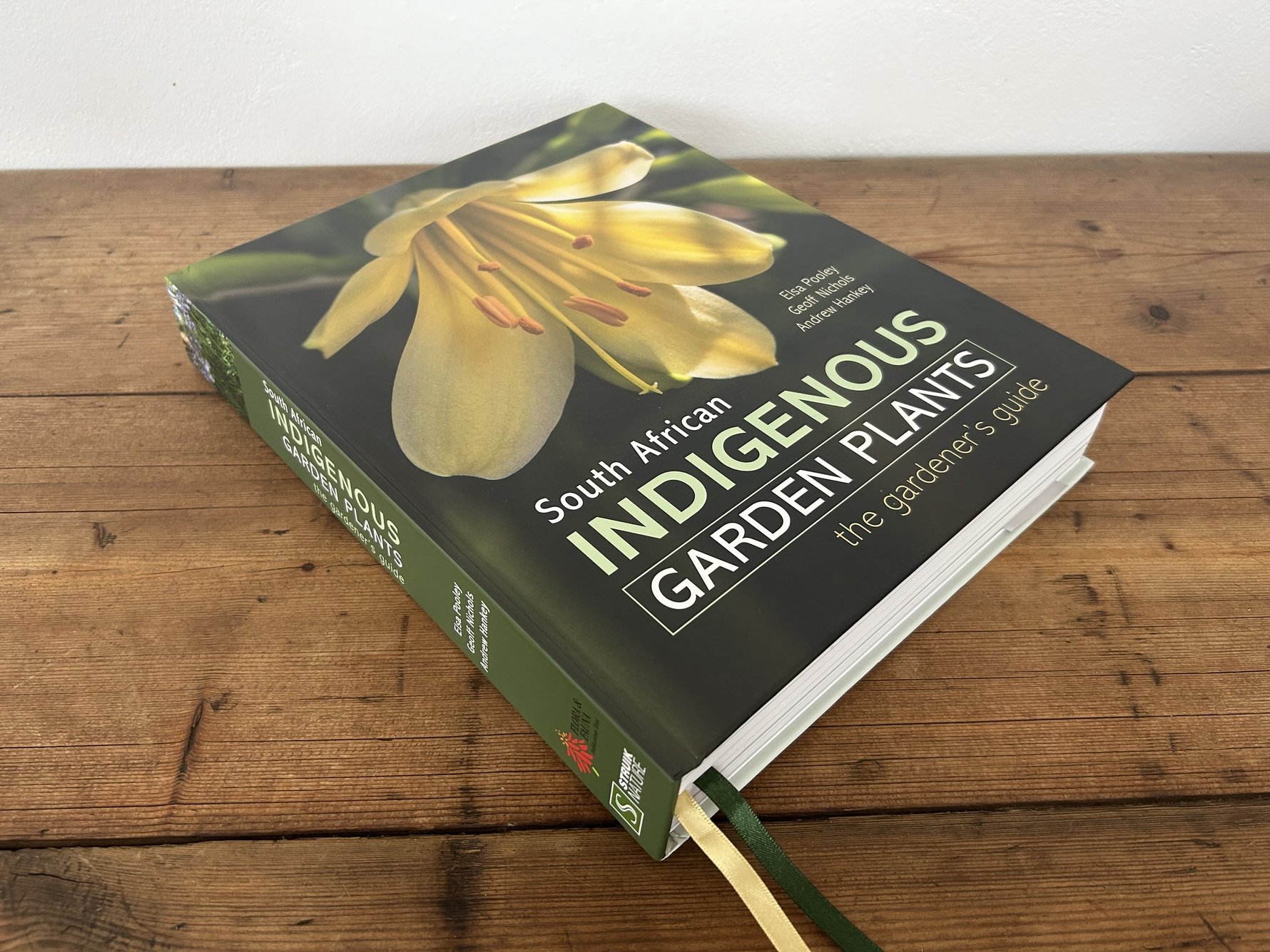
South African Indigenous Garden Plants – the Gardener's Guide opens with a comprehensive introduction that lays the groundwork for creating thriving indigenous gardens, exploring climates, garden styles, spatial planning, and maintenance, along with practical tips for attracting wildlife. Its encyclopaedic catalogue groups plants by growth form, including bulbs, orchids, aloes, shrubs, trees, grasses, fynbos, and more, and concludes with a practical Plant Selector to help readers choose the best species for their space. This beautifully illustrated, large-format guide showcases some 2,400 South African indigenous plants and serves as a definitive resource for gardeners looking to transform their outdoor spaces with local flora.
According to the authors, "Although South Africa's indigenous plants have been grown around the world since the 1600s, many are little known in their home country." Their book sets out to correct this. We sat down with Hankey to explore the value of indigenous gardens, the surprising biodiversity of Joburg, and the plants that deserve a place in your backyard.
What drew you to the plant kingdom – and why did you choose to make this your career?
It started very early. I remember gardening with my dad from a young age. When I was eight, I was the first Cub in my pack to achieve the gardener’s badge. By the age of 12, I was digging cactuses out of my dad’s garden, potting them into second-hand pots, and selling them to my mum’s book club friends. My dad, who was headmaster of a large high school, suggested that I attend Settlers, an agricultural school near Bela-Bela, rather than Jeppe like my brother. That experience was formative. By the time I left school, I knew I wanted to pursue a career in botany and horticulture.
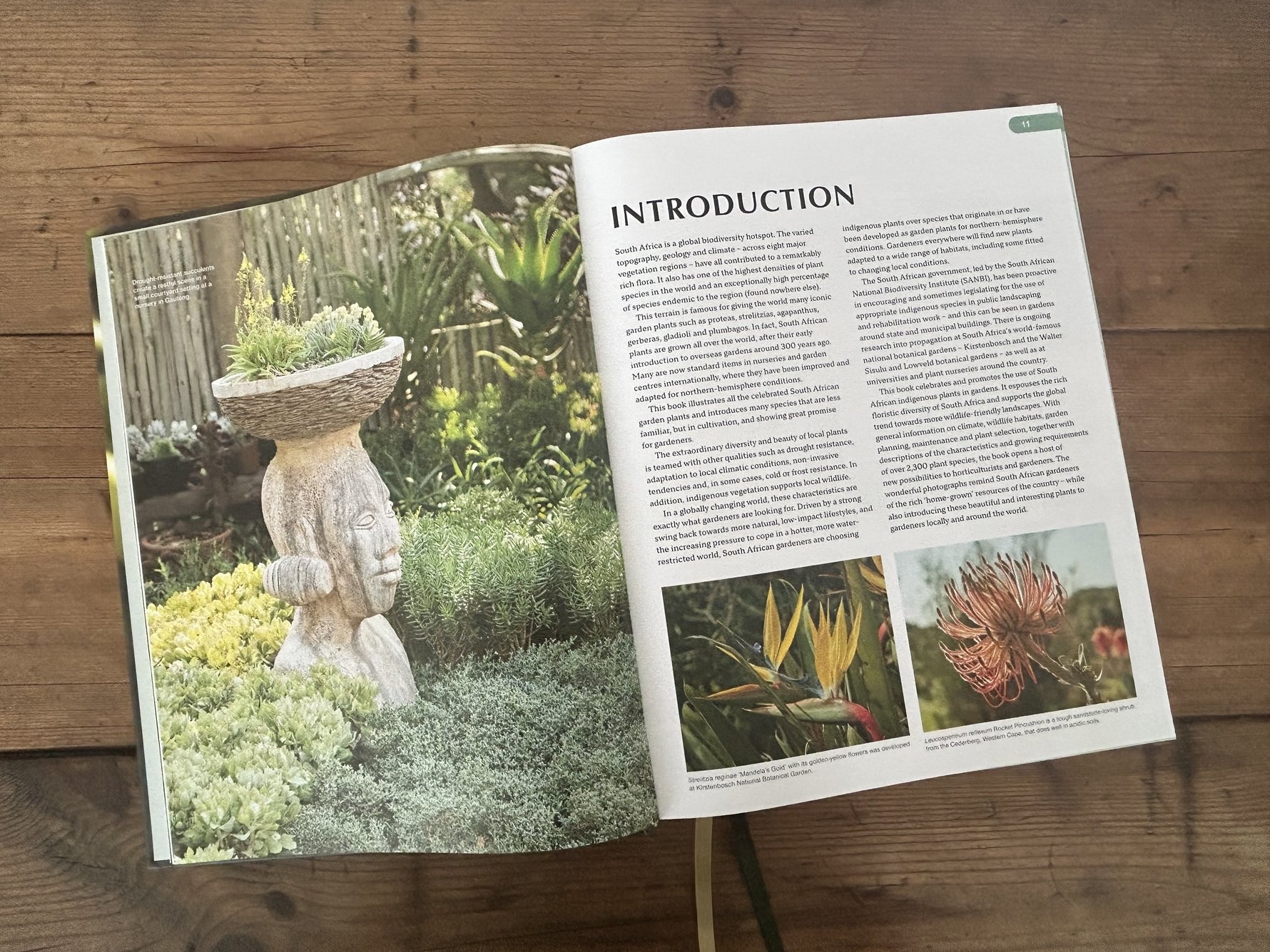
You, Elsa Pooley, and Geoff Nichols have produced a beautiful resource for South African gardeners. What made you take this on in such depth?
We ourselves had long wished that such a book existed, as comprehensive gardening information about indigenous plants has been scant over the years. While we primarily target gardeners, the book will also have a wide appeal for horticulturists, landscapers, landscape architects, students, plant collectors, plant lovers, nature enthusiasts, bird and butterfly enthusiasts, and more.
"[This book] truly represents a lifetime of plant knowledge and a deep love for our beautiful country." – Andrew Hankey
What are the most pressing reasons to plant an indigenous garden?
Indigenous plants offer the most sustainable solution for water conservation and provide crucial ecological support to birds and insects displaced by urbanisation in our cities and suburbs. Many species that once thrived can still be sustained simply by choosing indigenous plants.
What are some of the lesser-known facts about the value of indigenous gardens?
Plants are at the bottom of the food pyramid and act as primary producers. They support a wealth of insect life and form the foundation of ecosystems. While humans love birds and want them in our gardens, birds rely on insects – either directly as food or indirectly to pollinate the flowers that produce the fruits they eat. Many insects are host-specific, favouring certain indigenous plants for feeding, breeding, or hibernating during winter.
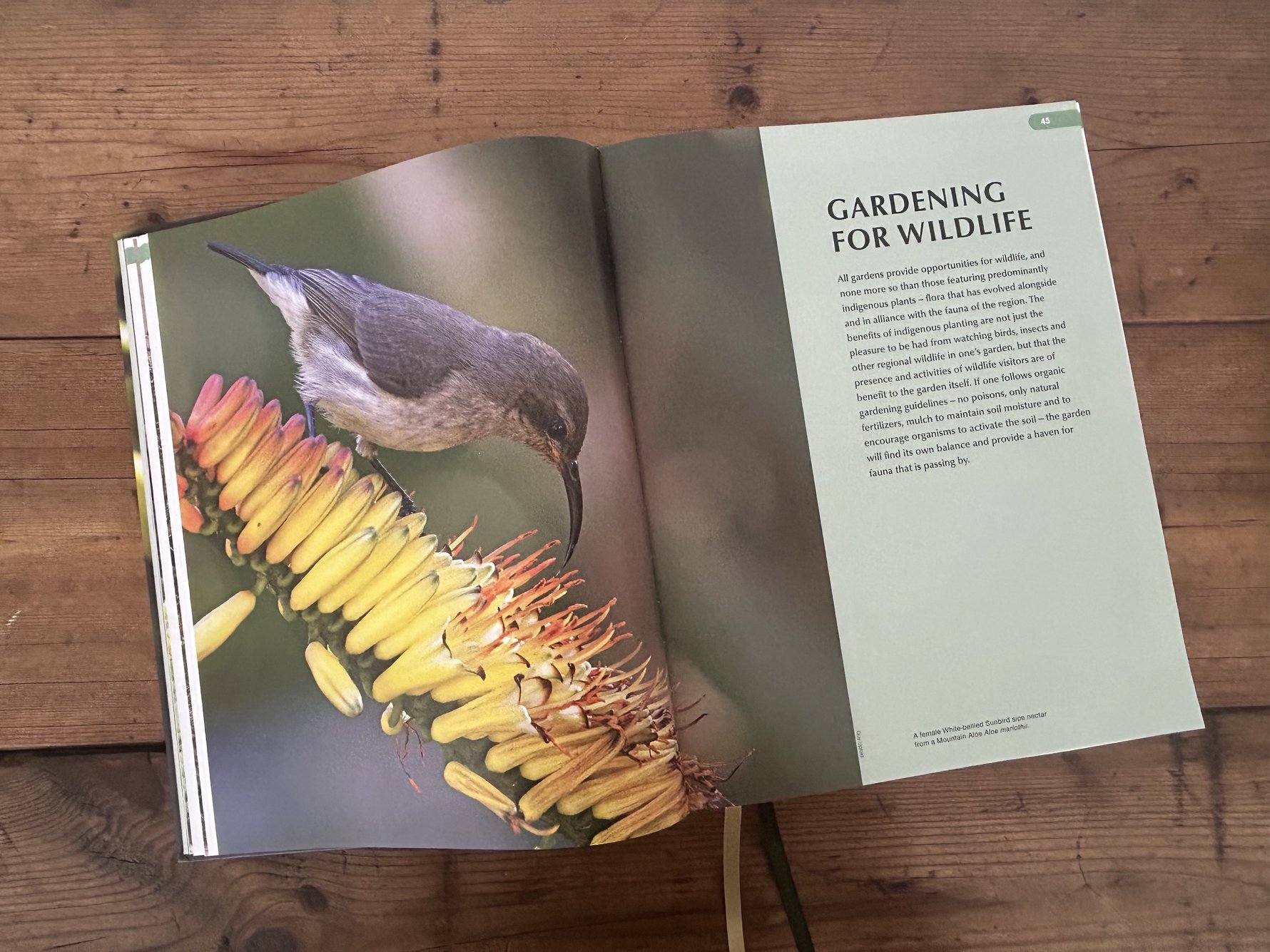
“Nature was here long before us, and we have a duty of care towards the natural world.” – Andrew Hankey
Tell us about your work as the principal horticulturist at Walter Sisulu National Botanical Garden.
I am responsible for the day-to-day running of the garden and its nursery, which produces all the plants for the botanical garden. I also manage several sections within the garden, oversee threatened plant conservation, and conduct research on a small group of bulbous plants in which I specialise, which occur widely across South Africa.
How does indigenous gardening fit into the vision for creating a new, shared heritage in South Africa?
Nature was here long before us, and we have a duty of care towards the natural world, which is rapidly being destroyed by humans in our need for resources. If we can, even in a small way, accommodate nature in our own backyard, it is a small way in which we can give back.
Tell us something that might surprise us about gardening in South Africa.
Most South Africans are completely unaware that our country ranks among the top 10 most biodiverse in the world. Many people assume that veld areas are just wasteland and are unaware of the tremendous floral diversity that exists here. To demonstrate this, our new book features 2,400 plant species, which represent only about 10% of South Africa’s total flora.
“Indigenous plants offer the most sustainable solution for water conservation and provide ecological support to birds and insects displaced by urbanisation.” – Andrew Hankey
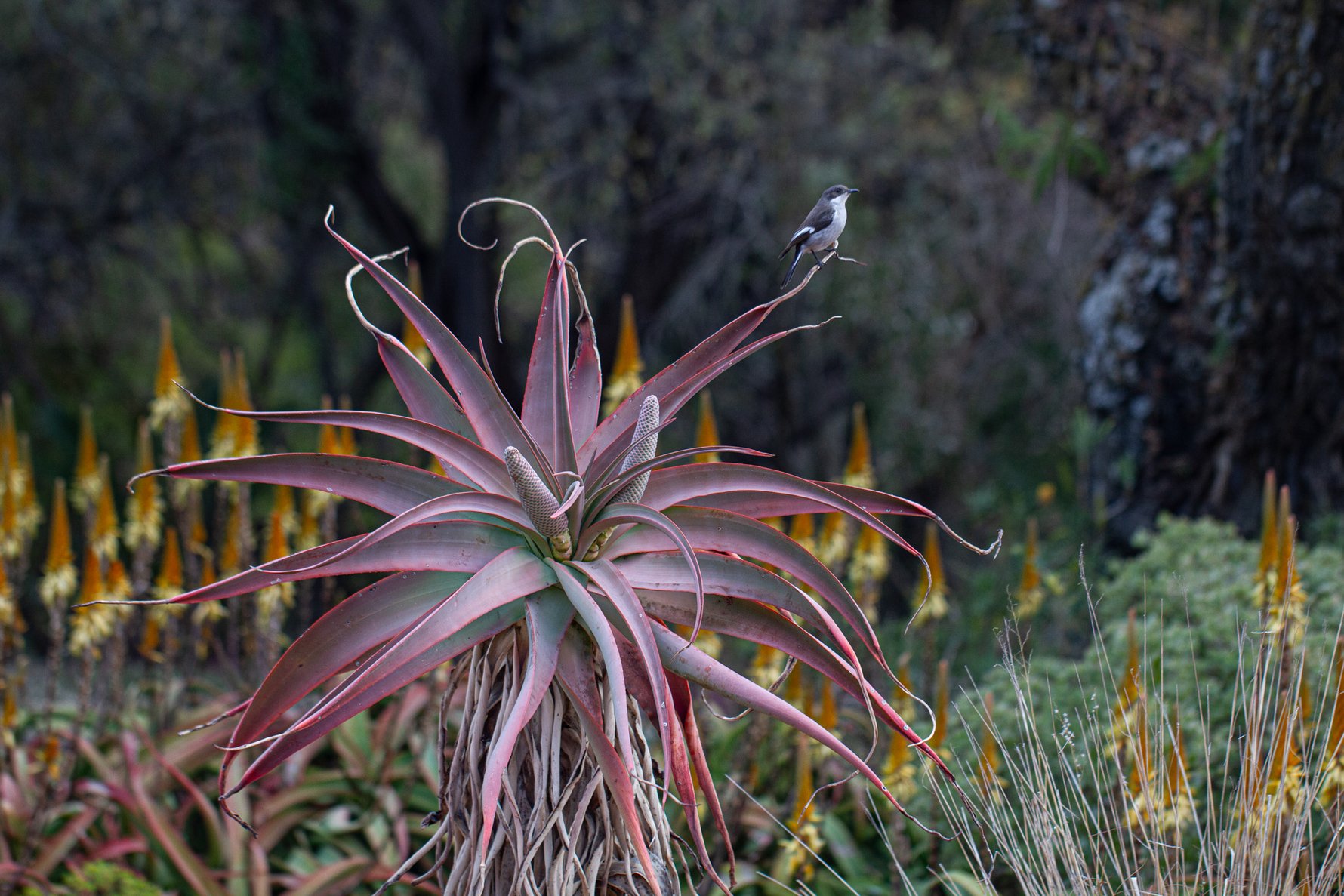
This may be asking the impossible, but can you give Joburg home gardeners your top plant pick?
I love so many plants, but one of my favourites is the humble Spekboom. It is uniquely South African, very versatile, easy to grow, and loved by browsing animals. There are also many interesting variants of it available in cultivation around the world.
What brings you joy about seeing this wonderful undertaking in print and out in the world?
It is immensely satisfying to see it finally in print. The project was drawn out, and there were times I thought it would never come to fruition. Having it land on my desk feels like a lifetime accomplishment. For the three of us, it truly represents a lifetime of plant knowledge and a deep love for our beautiful country.
The Plant Selector is one of our favourite features of the book. How did you and your co-authors design this?
The Plant Selector takes the guesswork out of hit-and-miss gardening. We drew on our collective years of experience in gardening in South Africa and our knowledge of the plants, and packaged them in a way that will assist gardeners and professionals to make the best choice for their specific conditions.
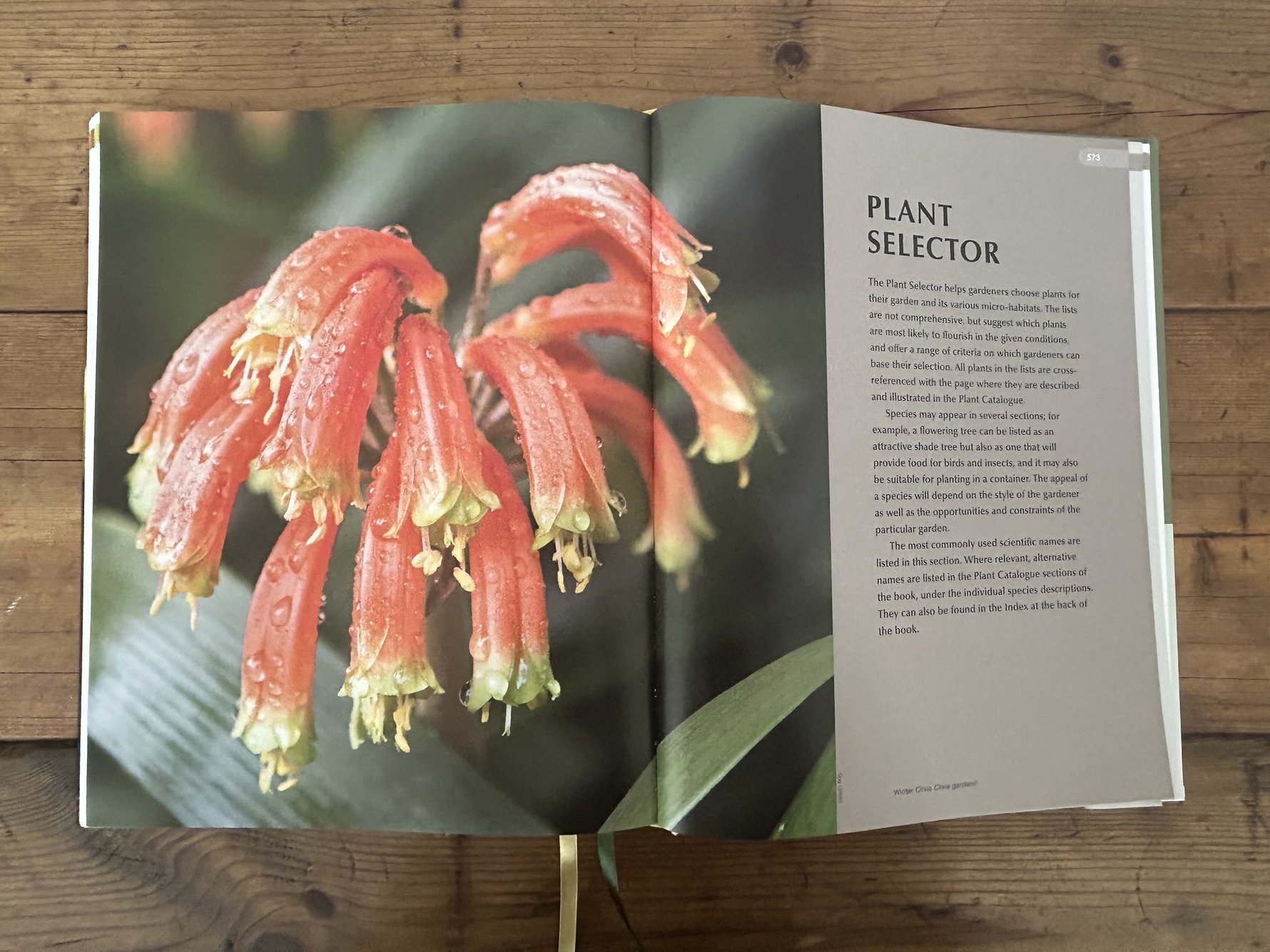
October is jacaranda season in Joburg – something we celebrate annually, even though the trees are not indigenous. How do you strike a balance between cultural heritage and ecological responsibility?
First and foremost I am a plant lover. I grew up in the jacaranda-lined streets and suburbs, and I love jacarandas as much as the next Joburger. They are as much part of Joburg as boerewors rolls and biltong. We need to acknowledge that when we know better we do better. The people who planted the jacarandas did so with good intentions. We now know that jacarandas weren't the best choice due to their habit of invading rivers and streams and displacing the indigenous trees that are supposed to be there. However, we should preserve our existing heritage and, going forward, make informed choices of trees that will not cause those downstream impacts.
"Jacarandas are as much part of Joburg as boerewors rolls and biltong." – Andrew Hankey
What are some of the most underrated plants growing wild in Johannesburg?
1. Tree fuchsia (Halleria lucida) is excellent for attracting insects and birds. It serves as the larval host for about 10 different butterfly species. It is a large evergreen shrub, reaching around 3m in height, and can be alive with birds almost all year round.
2. Bladdernut (Diospyros whyteana) occurs naturally in riverine forests in Joburg and is also a larval host for a few butterflies. is evergreen, grows 2-3m high, has attractive glossy leaves, and small, insect-pollinated flowers. The female plant produces fruit for birds, so it’s best to plant both male and female specimens.
3. Common hook thorn (Senegalia affra) is a medium-sized deciduous tree that also supports butterflies. It produces light summer shade, allowing other plants to grow beneath it, and grows to about 6-8m in height and spread. Covered in creamy yellow flower spikes in spring, it fills the air with a wonderful fragrance and feeds bees in late winter when the Highveld is dry. Its rough bark supports some insects, making it popular with wood hoopoes and barbets. Its seed capsules also attract insects that draw other birds searching for beetle grubs. Despite all these benefits, this versatile tree remains vastly underutilised.
Want to read more? Get your copy of 'South African Indigenous Garden Plants – The Gardener's Guide' here.
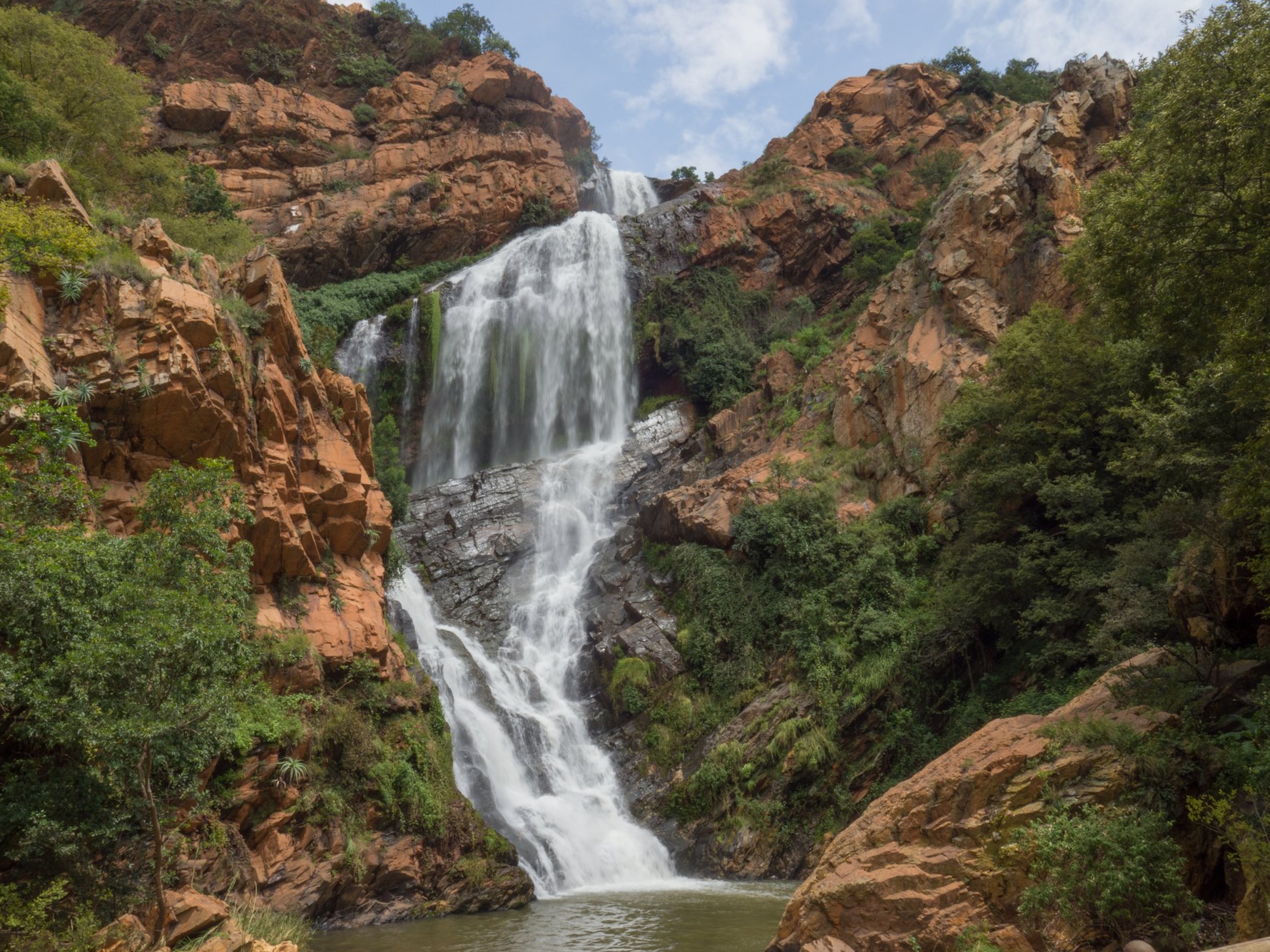
Rapid-fire round: Five questions about Joburg
What three things should a visitor not leave Joburg without seeing or experiencing?
A tour of Soweto, visiting the Cradle of Humankind and Wonder Caves, and a walk through the Walter Sisulu National Botanical Gardens.
If you were mayor of Joburg for one day (average tenure), what would you change?
I would focus on cleaning up the rivers and streams, eradicating invasive aliens, and making the green spaces safe and beautiful for people to enjoy the outdoors.
What do you love most about Joburg?
Thunderstorms.
Your favourite Joburg suburb, and why?
I grew up in Kensington, so I would choose that for its leafy streets and the fascinating flora that thrives along the Highveld ridges.
Three words that describe this city.
Vibrant, character, alive.


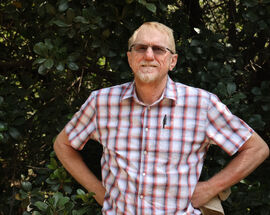
_m.jpg)
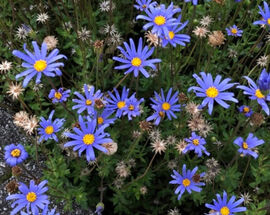


Comments